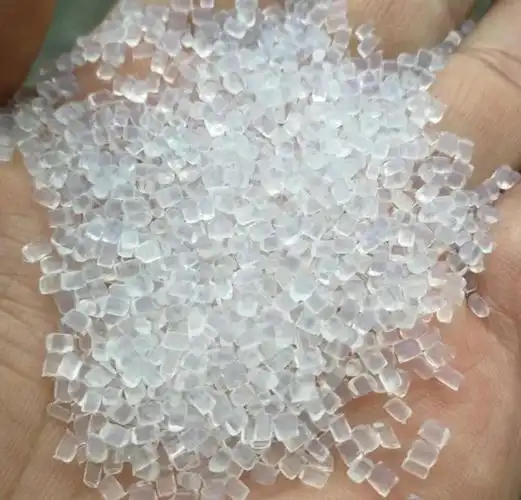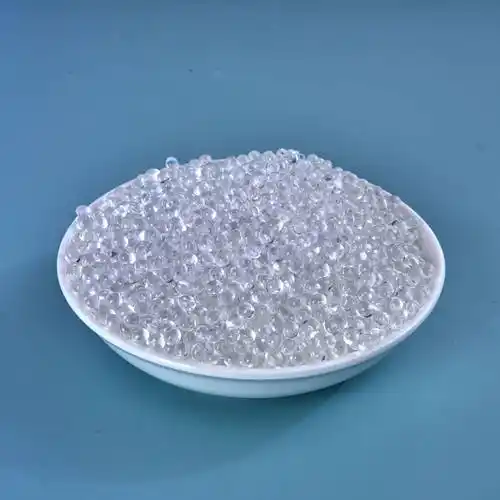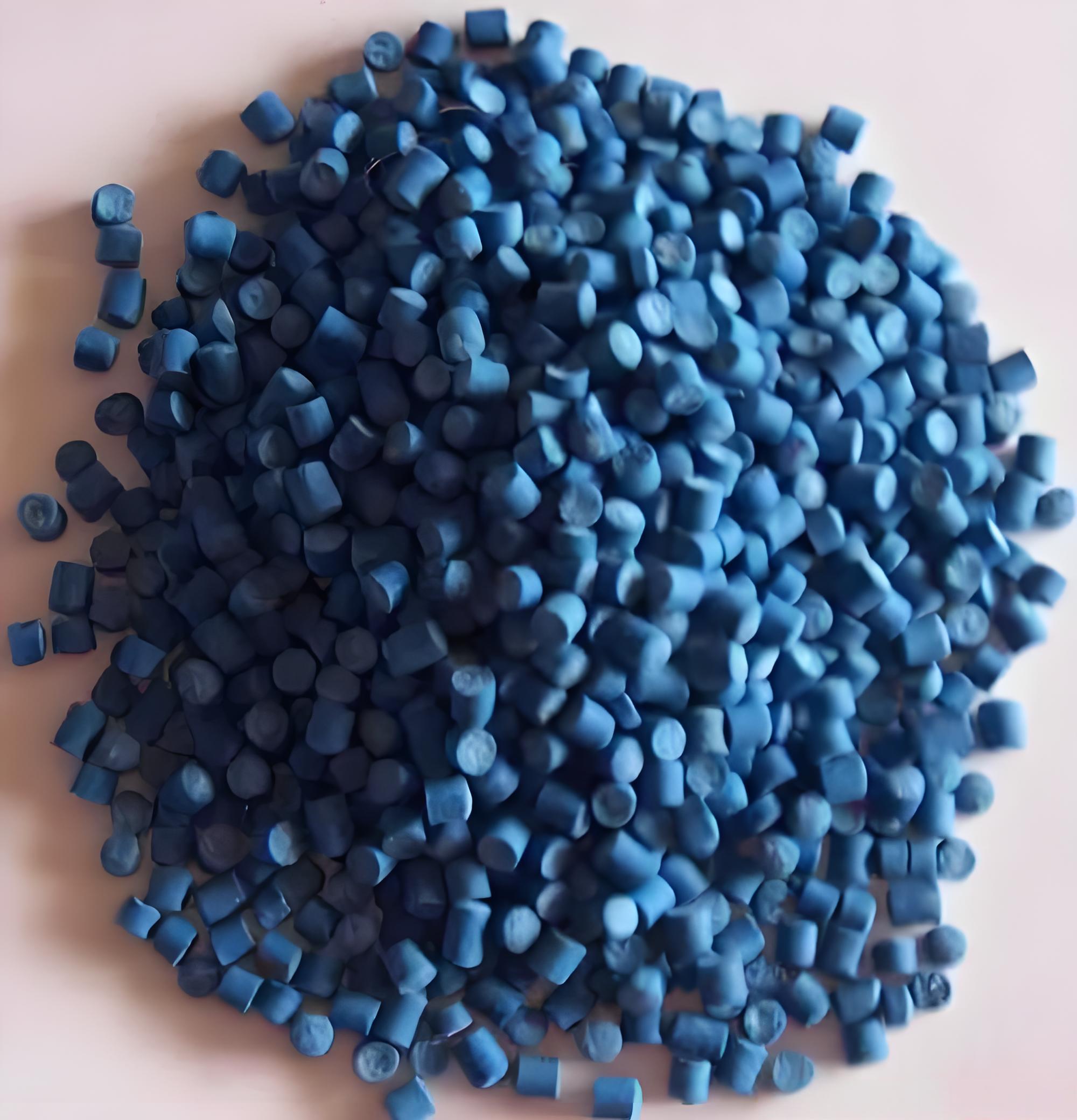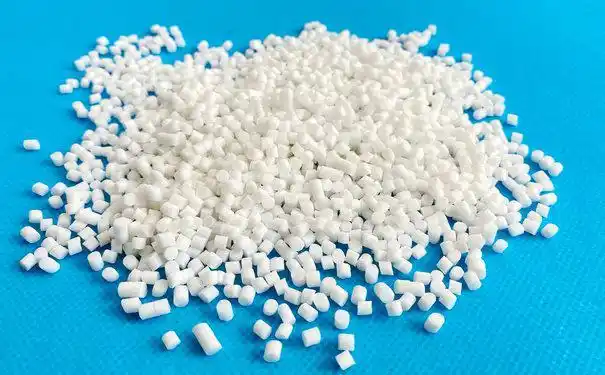How Long is the Lifespan of TPE Data Cables?
Thermoplastic Elastomer (TPE) data cables are widely used for charging and data transfer in devices such as smartphones, tablets, and laptops due to their flexibility, durability, and cost-effectiveness. Consumers and manufacturers often ask, how long can TPE data cables last under typical usage conditions? This article explores the lifespan of TPE data cables, the factors […]
How Long is the Lifespan of TPE Data Cables? Read More »







